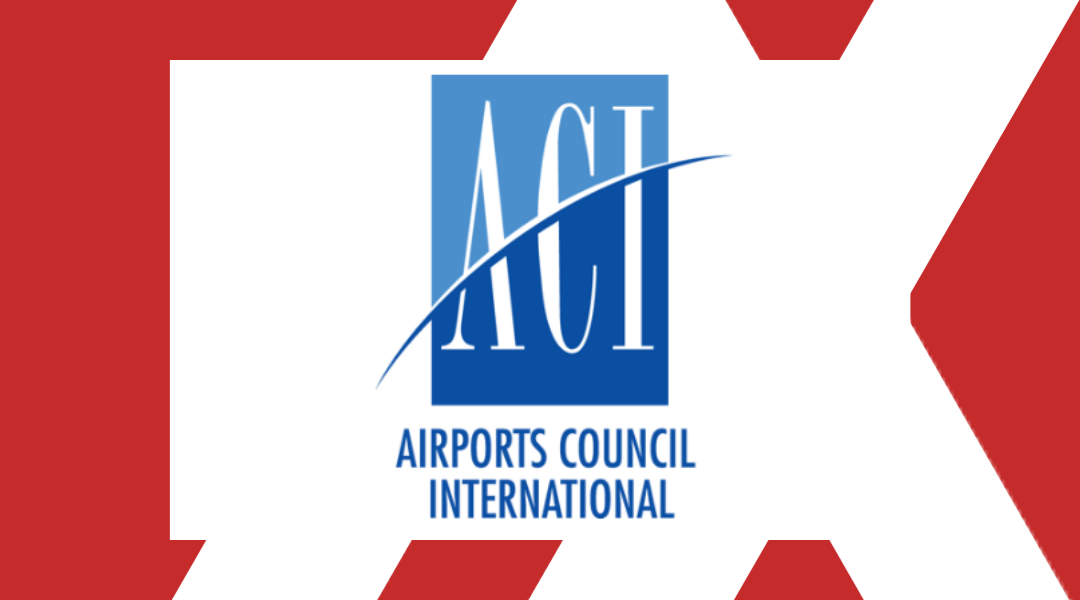Airports Council International – North America (ACI-NA) President and CEO Kevin M. Burke responded to the Federal Aviation Administration (FAA) list of priority airports to receive mitigation strategies as required under a so-called deal to prevent widespread disruptions in air travel caused by the introduction of 5G telecom services, suggesting the deal does not address all the concerns of U.S. airports.
“The list of airports put forward by the FAA is largely irrelevant because the entire aviation system is about to be adversely impacted by this poorly planned and coordinated expansion of 5G service in and around airports,” said Burke. “Despite eleventh-hour efforts to resolve obvious concerns that could have been addressed months ago, this attempt at a short-term fix does not address a number of critical uncertainties about the potentially adverse impact of 5G on certain low visibility approaches. This so-called fix will create winners and losers within the airport community, and the entire aviation system will suffer under the terms of this deal.”
Burke added that the FAA announcement is just one more step towards the American traveling and shipping public bearing tremendous costs and widespread disruptions created by this attempt to address safety issues through operational restrictions and prohibitions.
Last week the FAA released a list of 50 airports that will have buffer zones when wireless companies turn on new 5G C-band service next week. Those include Dallas-Fort Worth International (DFW), Newark Liberty International (EWR), Houston’s George Bush Intercontinental (IAH), John Kennedy International (JFK), Los Angeles International (LAX), San Francisco International (SFO), Seattle Tacoma International (SEA), Chicago O’Hare International (ORD), Phoenix SkyHarbor International (PHX) and Orlando International (MCO) airports.
Airports not in the 46 markets where the new 5G service will be deployed and airports that do not currently have the ability to allow low-visibility landings are not included on the list.
“The wireless companies agreed to turn off transmitters and make other adjustments near these airports for six months to minimize potential 5G interference with sensitive aircraft instruments used in low-visibility landings,” the FAA said in a statement last week. “The FAA continues to work with the aerospace manufacturers and wireless companies to make sure 5G is safely deployed and to limit the risk of flight disruptions at all airports.”






